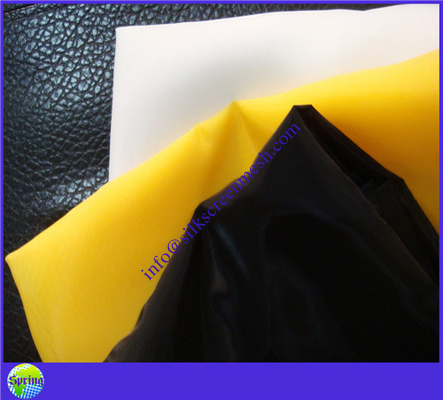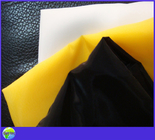Solar Industry/Solar Panel Screen Printing
| Place of Origin | Shanghai China |
|---|---|
| Brand Name | SPRING |
| Certification | ISO9001 |
| Model Number | DPP |
| Minimum Order Quantity | 30m |
| Price | 1-50$/m |
| Packaging Details | Paper tube, plastic bag, carton box, sailcloth or according to the customer's special requests |
| Delivery Time | 3-5 Days |
| Payment Terms | L/C, T/T, Western Union, Paypal |
| Supply Ability | 50000000m/month |

Contact me for free samples and coupons.
WhatsApp:0086 18588475571
Wechat: 0086 18588475571
Skype: sales10@aixton.com
If you have any concern, we provide 24-hour online help.
x| Size | 365cm | Material | Polyester |
|---|
Solar Industry/Solar Panel Screen Printing
Metallizing solar cells is a high quality print process that normally uses traditional, off-contact, flat bed screen printing equipment. The process is conducted in a clean room environment with automated, enclosed production equipment. Print runs are typically tens of thousands of cells.
Cells are printed with conductive, high-solid inks that are very viscous at rest, but flow during the print process. The solids are application functional, typically comprised of silver and aluminum and a bonding agent to adhere the printed ink to the silicon substrate.
The fine line finger images on the front cell grid require fine wire mesh screens, and the two layers on the back side of the wafer can be printed with coarser polyester or wire meshes.
Solar Industry/Solar Panel Screen Printing Artwork
Solar cell artwork is different for the front and back sides of solar cells. The front side print consists of the fine line fingers layed out in a grid type design—with conductive traces sometimes as narrow as 50 microns. The back side has much larger features which are easily printed with coarse mesh screens. During the printing process, solar cell artwork does not have the critical registration requirements found in multilayer thick film processing.
Solar Industry/Solar Panel Screen Printing Frames
The solar cell industry typically uses solid or cast aluminum screen frames. Frame size is determined by the printer type, brand, and model. The mesh is attached to the frames using standard screen adhesives.
Solar Industry/Solar Panel Screen Printing Screen preparation
Pneumatic tensioning equipment is preferred for stretching polyester meshes, and both pneumatic and mechanical stretchers can be used for stainless steel. Tension for both polyester and stainless steel fabrics is typically high, following the guidelines and recommendations of the mesh manufacturer.
The screens are both direct coated (with coating machines and by hand) and indirectly coated (using capillary film)with dual-cure emulsions that provide the high resolution and solvent resistance required by solar applications. The stencil EOM is specific to each individual customer specification and finger design, commonly ranging from 2 microns to more than 30 microns in some cases.
![]()




